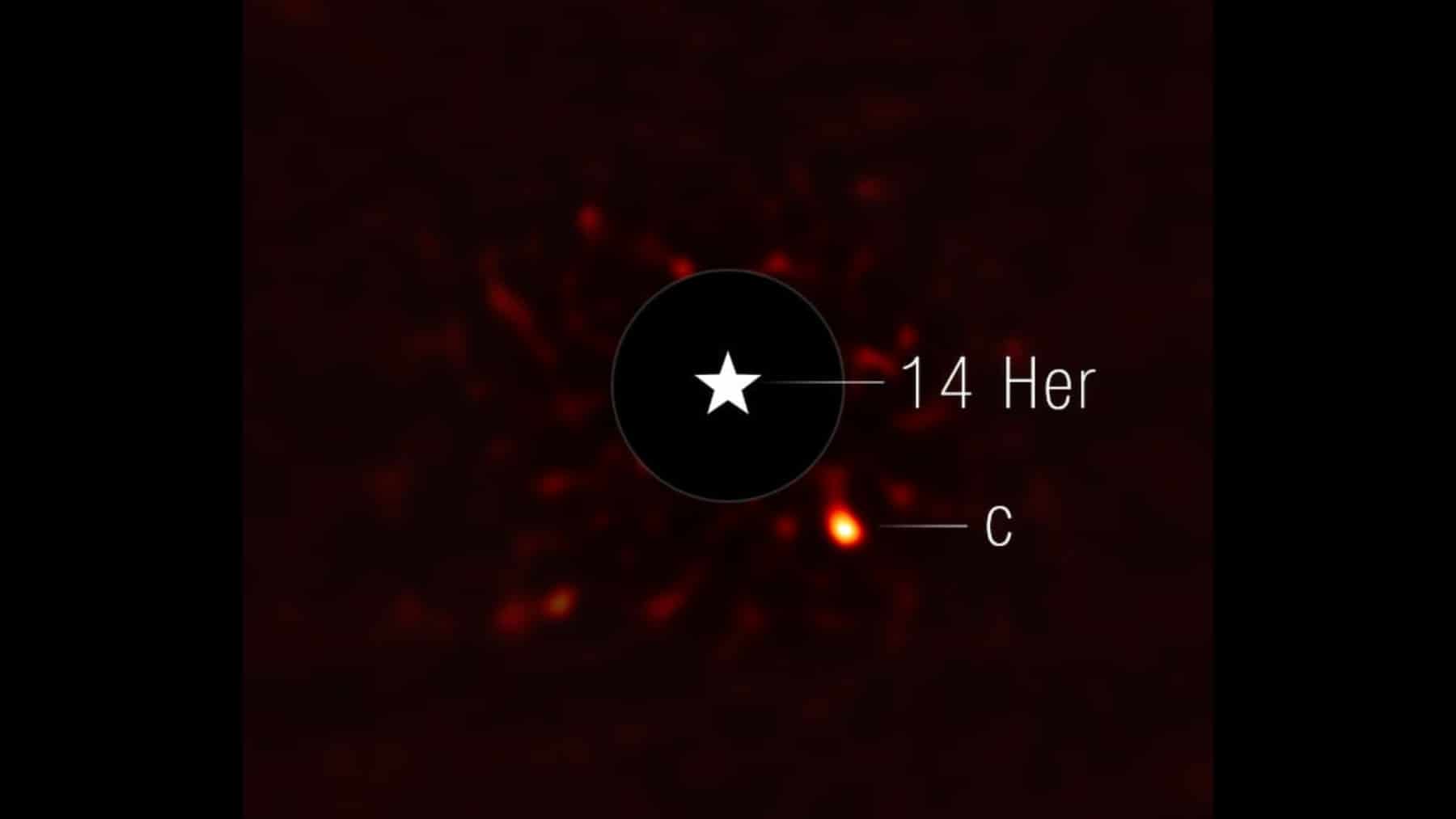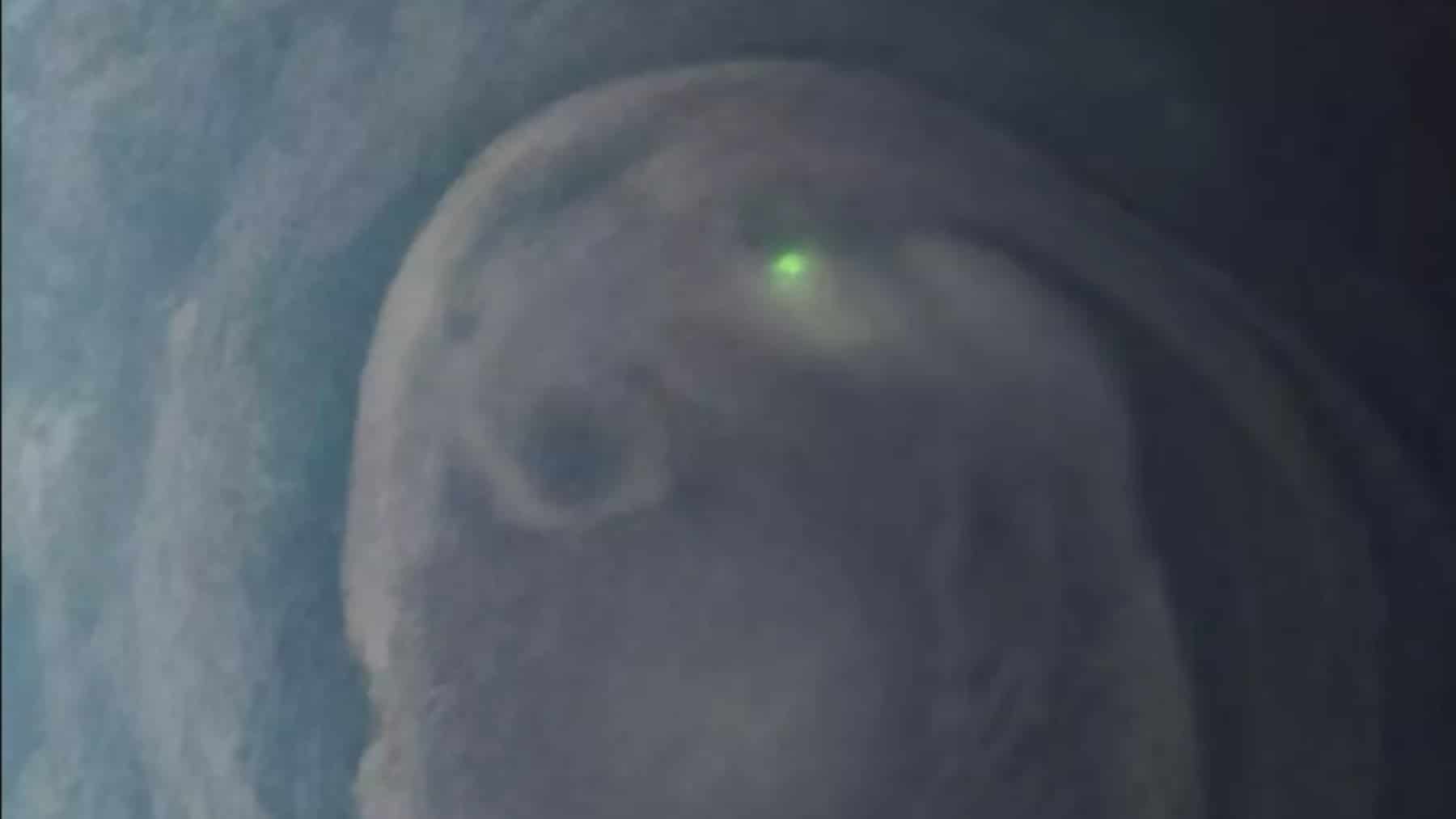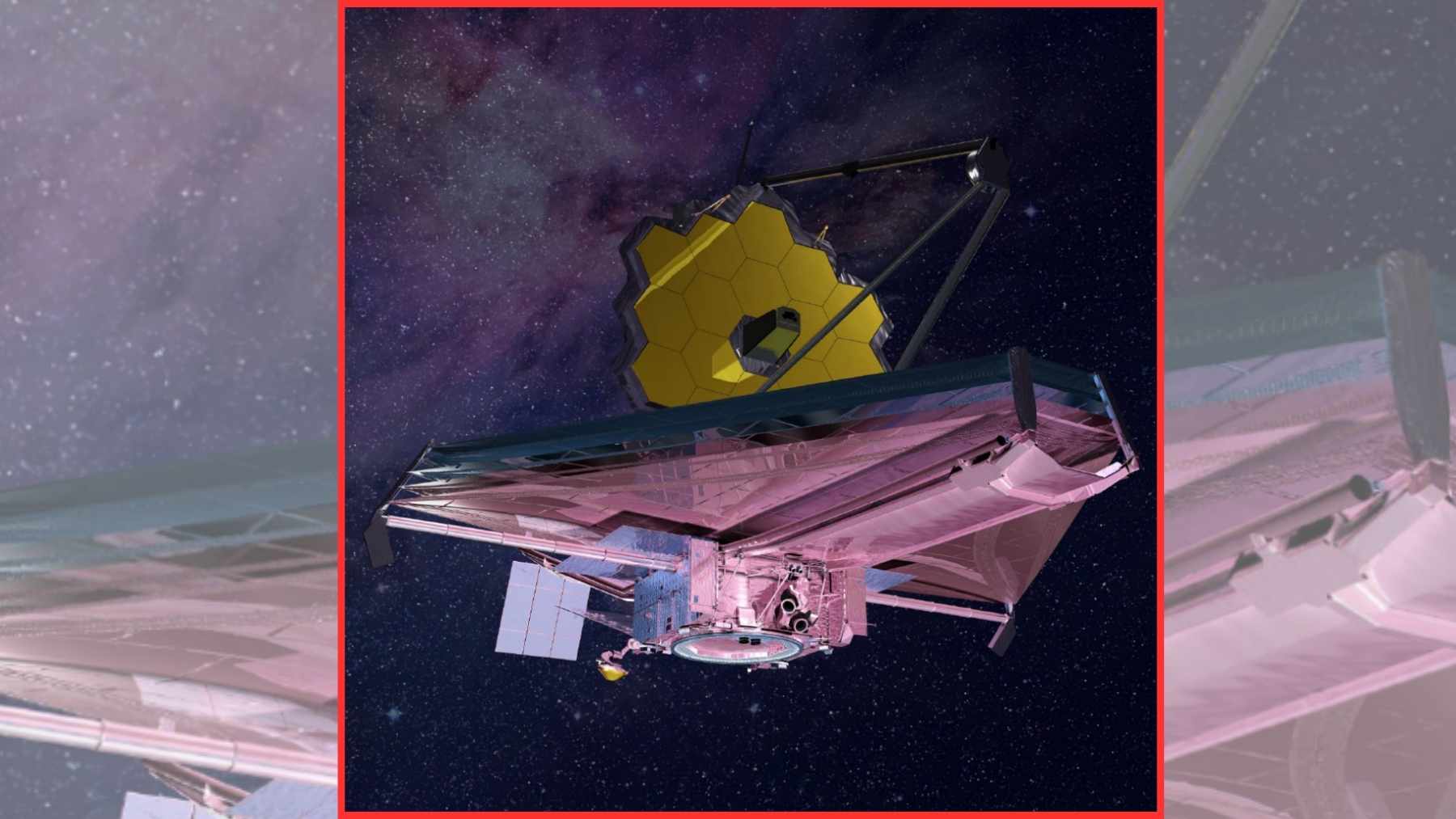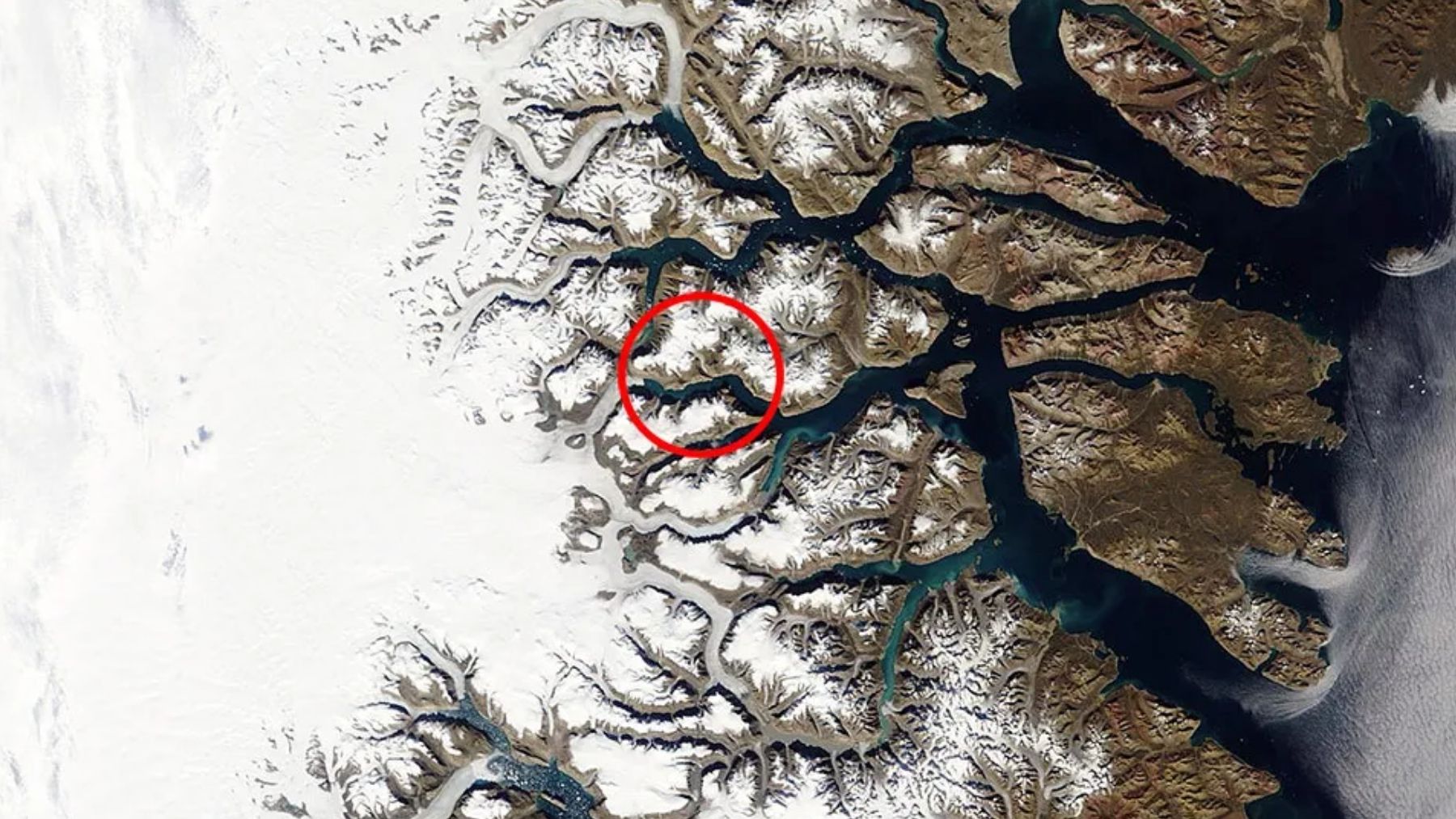Imagine looking at Mars and seeing something we’ve never seen before: fragments escaping from its surface, as if the planet were slowly disintegrating. It sounds like the stuff of science fiction, but new observations from NASA are suggesting a surprising scenario. In recent months, state-of-the-art orbital instruments have detected mineral particles being launched into space at an alarming rate.
Is Mars quietly crumbling into space?
In recent weeks, NASA monitoring satellites recorded a sequence of events that, at first glance, appeared to be simple fluctuations in the planet’s reflected light. But when they compared the data with spectra of particles detected in Martian orbit, researchers noticed something unusual: mineral fragments were being ejected from the planet’s surface.
This discovery, while still in its infancy, echoes phenomena observed on other planets, especially the recent case of the exoplanet BD+05 4868 b, which is literally evaporating as it orbits its star at an extremely close distance. The question remains: is Mars somehow following the same path?
Mars is fraying at the edges — but why?
We can rest assured that this isn’t a large-scale “Martian collapse,” at least not yet. This is because the data show that, at certain orbital phases, there is an abnormal release of solid particles, especially silicate grains and iron compounds, typical components of the Martian crust. These particles aren’t simply floating: they appear to form an elongated trail around the planet, similar to a comet’s tail.
“The shape of the signal is typical of a body leaving material behind. This is exactly what we saw with BD+05 4868 b. The difference is that, in the case of Mars, the process is more subtle, but still visible with the right instruments,” explained Hon.
Researchers estimate that the rate of loss is not alarming from a geological perspective, but is accelerated enough to warrant attention. After all, it’s not just dust being kicked up by winds: there are indications that extreme temperature changes between Martian day and night are causing microcracks in the crust, releasing fragments that eventually escape the planet’s weakened gravity.
In short, Mars isn’t about to disappear. Yet. Unlike BD+05 4868 b, which orbits its star every 30.5 hours and loses a mass equivalent to Mount Everest with each orbit, Mars is a safe distance from the Sun. But the question here isn’t “how much,” but “how.” Now, what could be causing this mass loss is:
- Weak gravity.
- Absence of a magnetic field.
- Intense thermal variations.
Even if this “planetary unraveling” does not lead to total destruction, it represents a unique scientific opportunity. This fact reminds us of another rare cosmic event outside a galaxy’s core that is glowing and dying.
Mars gives itself away — what secrets does it hold?
Well, what to some may seem like a sign of deterioration, to scientists is practically a gift. This is because the fragments escaping the planet — and now orbiting its exosphere — carry invaluable chemical and geological signatures. They are, essentially, samples of the Martian crust delivered into space, ready for spectroscopic analysis.
“It’s as if the planet is offering us parts of itself, spontaneously. Analyzing this dust can reveal what’s hidden in the deepest layers of the Martian soil,” said Dr. Nicholas Tusay, co-author of recent studies on the subject.
With the advancement of telescopes like the James Webb and spectrometers installed on Martian rovers, these particles can tell us where they came from, how they formed, and even whether they came into contact with liquid water at some point in the planet’s history. After all, if we recently discovered that even the Moon has water, it may not be so different here.















